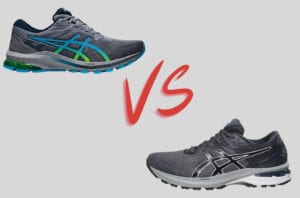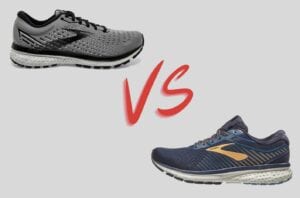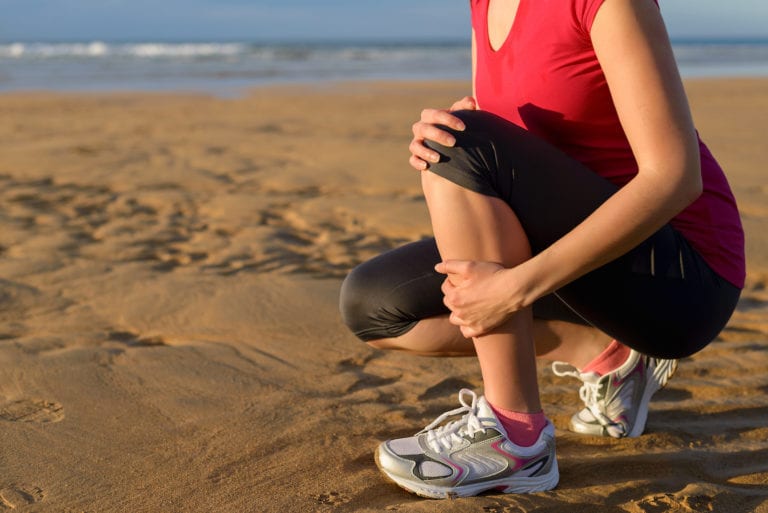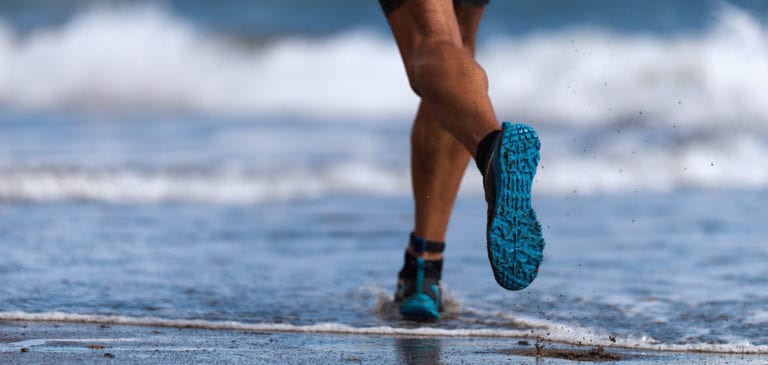The Anatomy of Sneakers for Running
If only Forrest Gump had worn running shoes, the sky would have been the limit. But he did not, like maybe others who settle for any sport shoe (tennis, basketball, etc.) to run.
Big mistake. Why? Because not all sneakers are created equal. A running shoe is specifically designed to improve posture, support, grip, reach and so many other factors that directly affect your body’s well-being and running potential.
If we were to deconstruct a shoe the same way chefs deconstruct dishes, we would dissect it into three key components: the upper, the midsole, and the outsole.
Each part plays a crucial role in your running routine and should be considered when hunting for the perfect running shoe. Let’s meet the three stakeholders of the running shoe team.
Parts of a Shoe
The Upper — So Much More Than a “Pretty Face”
This is the facade of your shoe. For runners who care about the aesthetics of their shoes as well as the performance, the Upper plays a huge role. From the type of fabric or leather (sewed or glued to the midsole) to its color/s, the Upper is the “spoke person” of the entire shoe organization, the familiar face if you will.
But there is so much more to the Upper that meets the eye. The upper covers your foot to ensure a snug, secure fit, providing stability. It too determines the durability of the shoe when it comes to weather exposure, wear, etc.
The heel counter is the rigid or semi-rigid device in the heel that holds the foot in place, providing stability. There are different parts that create a stable heel. The backstay is the area of a heel counter that runs vertically down its center. The breast is the forward-facing part of the heel and sits under the arch of the sole.
And speaking of the heel, it is important that the heel seat (top of the heel that touches the upper) matches the form of the upper.
Another source of stability, which is key when it comes to runners’ safety, is the collar.
The collar is the foam padding that surrounds the sides and rear of the shoe which helps hold the foot in place and the toe box is the front portion of the upper that provides room for your toes, which is key when it comes to comfort.
There is one unsung hero in the Upper that might or might not be part of your running shoe. Since this area receives a lot of stress and wear, some shoes have a toe cap, which can vary in form and aim to make the upper front of the shoe stronger.
Next to the toe cap is the vamp, or section of the shoe that covers front to back. At the top of the Upper is the throat, a tongue like fabric that prevents laces (when applicable) from tightening directly into your foot. Is a comfort prop and more relevant than we give it credit.
Try running with a wrinkled throat… Not the most comfortable experience. Speaking of which, have you ever owned running shows with a worn-out eyelet? The eyelets are the holes through which the laces pass and make your show adjust tightly to your foot. The eyestay is the piece of fabric that attaches the eyelets to the upper of the shoe.
If you thought that running shoes should be purchased based on aesthetics, you don’t know what you are missing. A personalized search could completely change the way you run, and this is just the beginning of it.
The Midsole — The Underestimated Rockstar
Sandwiched between the Upper and the Outsole is the underestimated Midsole. You cannot see it while running, but you can sure feel it. It dictates the durability of the shoe, as well as the quality of the ride. A good running shoe is both durable and comfortable and the Midsole is partly responsible for both.
The most common insole material is EVA which stands for “ethylene vinyl acetate,” a combination of two types of plastics. Polyurethane is another material used in the Midsole, but not as often as it is heavier. Some shoes use thermal plastic on the midsole to replace or support midsole materials.
So, how do you know when a potential shoe has the right midsole for you? The Midsole resistance to indentation is measured in durometers. The higher the durometer, the stronger and more robust the midsole.
There are two key components to reduce overpronation. Using two densities of material or dual-density A midsole that features two different densities of material is dual-density, and the medial post, which is a plastic part that is placed in the middle of the shoe.
Add cushioning to this formula and you have a nicely made midsole.
The Outsole — The Stable One
When it comes to traction and how light or heavy a shoe runs, the outsole is key. It is typically made of rubber, carbon rubber being the one used in most shoes. Blown rubber is almost as durable, but lighter since it’s injected with air.
The lightest outsole is made of EVA foam. It is lighter and more flexible, but not as durable over time as those made of rubber.
Not all outsoles are created equal, as you might be concluding. There are different options for different needs.
For instance, if you run on pavement, the outsole will be highly segmented to transition on pavement, but if you run on trails, the outsole should have a lug pattern for grip on harsh terrain. For trail runners, it is also imperative that you look for shoes with a rock plate. It is a protective plastic piece placed between the midsole and outsole for extra protection for those of you that enjoy nature and its harsher terrain.
For pavement runners, we recommend a shoe with a decoupled heel: A split heel that minimizes stress and provides a smooth transition when the heel lands on pavement.
If you like to alternate between pavement and terrain, paying attention to the footbridge or shank would be smart. It is located between the heel and forefoot and provides stability by reducing twisting, which can prevent injury.
The shape of the outsole is as important as the material it is made of and the pattern. Curved shoes are less stable and favored by supinators (runners with a leg muscle prone to put weight on the outside of the foot). Straight soles are more stable and favored by overpronators (the foot rolls inward as you move)
The welt makes sure that this team stays put together, basically. It is a strip of material that sits between the upper to the sole and makes sure they don’t come apart.
Now that you have been introduced to the dream team that every good running shoe relies on to deliver a comfortable, stable, and durable ride, search for the perfect one for you.
The List — Don’t Purchase Without It
Running is so much more than a hobby or way to stay fit. For so many of us, it is a haven for peace, “me time”, focus and reflection. An intricate part of our lifestyles that provides balance both physically and mentally.
Purchasing the right shoe for you is key, since as you noticed above, each runner is unique in their own anatomy and terrain preferences. Before purchasing your next show make a list of all the things that you need to maximize a personalized run.
Are you a supinator or an overpronator? Do you prefer asphalt or the woods? Are you looking for a lighter or heavier shoe? Based on all of your preferences, you should be able to find THE ONE.




























